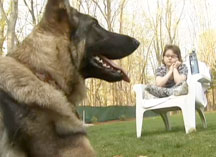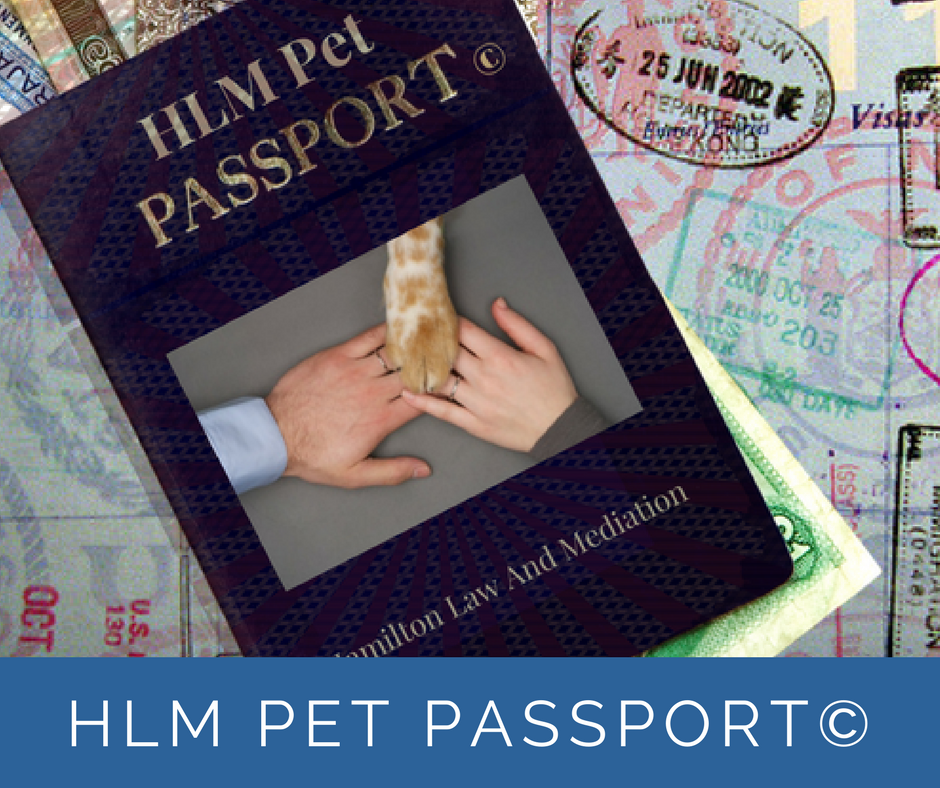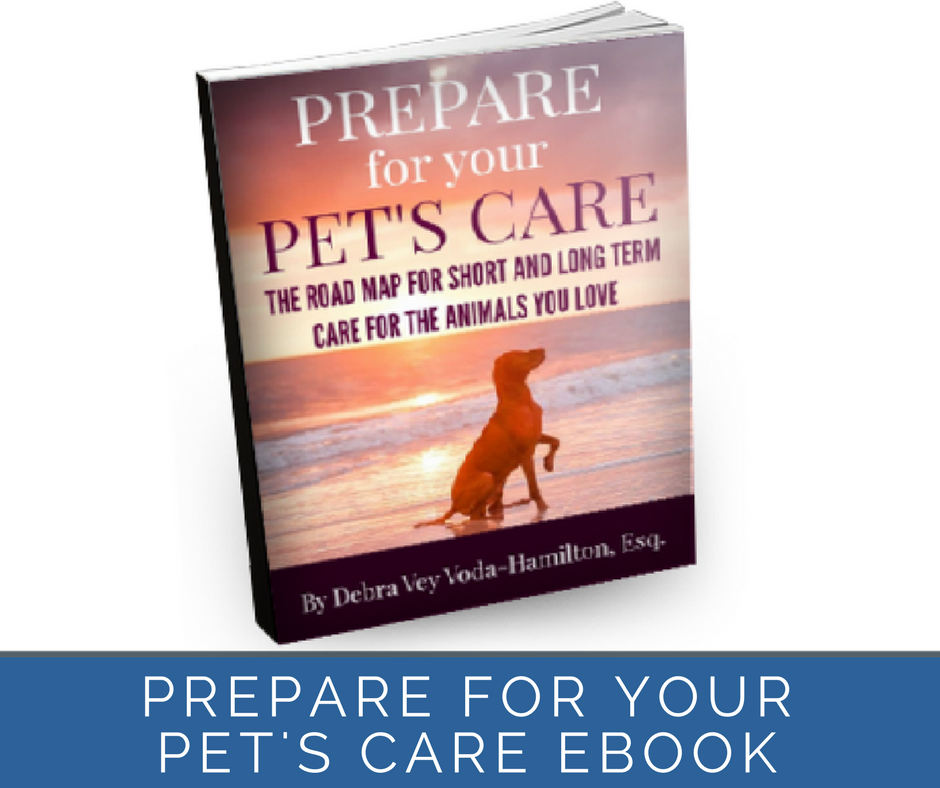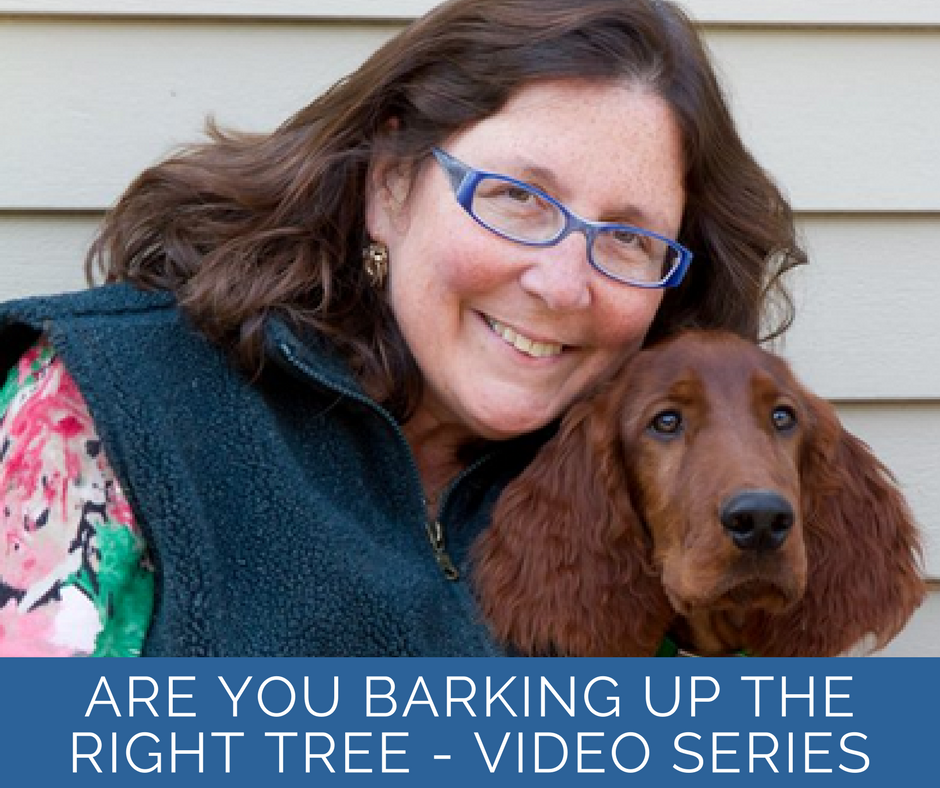 |
| courtesy of NBC News |
In late April, a service dog for a little girl suffering from brain tumors bit another young child in the face, requiring stitches and future surgeries.
When I read this post I was drawn to it for two reasons.
The first is obvious; the parties settled their conflict without the court getting involved. Yahoo! Mediation, in an animal law conflict, worked as it is meant to work.
Second, the dog, although used as a service dog, was never formally trained or screened for this purpose. Boo!
In my practice, I work with conflicting parties every day. I help them find a solution to their conflict, be it with a person or a dog. Conflicts occur between neighbors, landlord/tenants, breeder/owner, handler/client, veterinarian/client, and the list goes on. It seems in animal conflicts, people jump to litigate from the start. I recently had the opportunity to speak with the American Veterinary Medical Association (AVMA) and their litigators on a separate matter. These attorneys stated, “Once a client hires an attorney any chance of mediating a settlement is over.” To say the least, this was a broad statement. Litigators have no motivation to advocate for mediation as a first step. Litigation is all they know; it is their practice. Yet, as can be seen by this extraordinary settlement, it can and does work.
The parties here worked out a solution, meeting the needs and respecting the feelings, of all involved. The child who used this dog, as a service dog may not feel valued right now. However, her parents and the parents of the injured child worked together to solve this problem for the benefit of all involved. The dog didn’t lose its life, the probable result of its momentary lapse in conduct, if the courts became involved. Courts may feel pressured to protect the public in a way private parties need not address. The dog can still be visited by the child who used it as a service dog for the rest of its life.
The family of the child who was bitten looked at the circumstance of the incident. I believe they saw the conflict, between themselves and the dog’s owners, and decided to find a solution amenable to all the parties. They clearly were upset by the dog’s actions and the resulting injuries to their daughter. However, they did not react in a knee jerk manner. They did not petition to have the dog destroyed. Rather, they saw value in listening to the other side’s position and worked with them to discover a solution valuable to all.
In this instance, a choice was made by everyone to give a little and get a little. Mediation at its finest moment. The judge did not have to decide this conflict. Rather, the party driven solution worked and each party left with a feeling of accomplishment; they were heard, their desires and fears respected, and a solution all could live with reached.
Animal conflicts are uniquely placed to benefit from the use of mediation. Emotion’s run high in animal conflicts. The exchange of sentiments and positions, in a safe and neutral setting, set the tone for speaking about resolution, not litigation. Talking about ones feelings concerning an animal clearly enables the parties involved to see and understand each other. Neither party walked away from this settlement with everything they came to the table desiring. They walked away from the table with an agreement palatable to all involved, enforceable and party driven.
Nothing more could be asked of the parties or the mediator.
Finally, this incident shows the need for trained service dogs in a myriad of situations. These dogs sustain a person with needs necessary for a better quality of life. Testing for the amorphous service this dog gives is impossible but nonetheless real and valuable. In the future, if a dog is purchased/adopted with a view toward service as his ‘job,’ temperament testing and formal training that puppy would limit incidents like this from occurring in the future.





